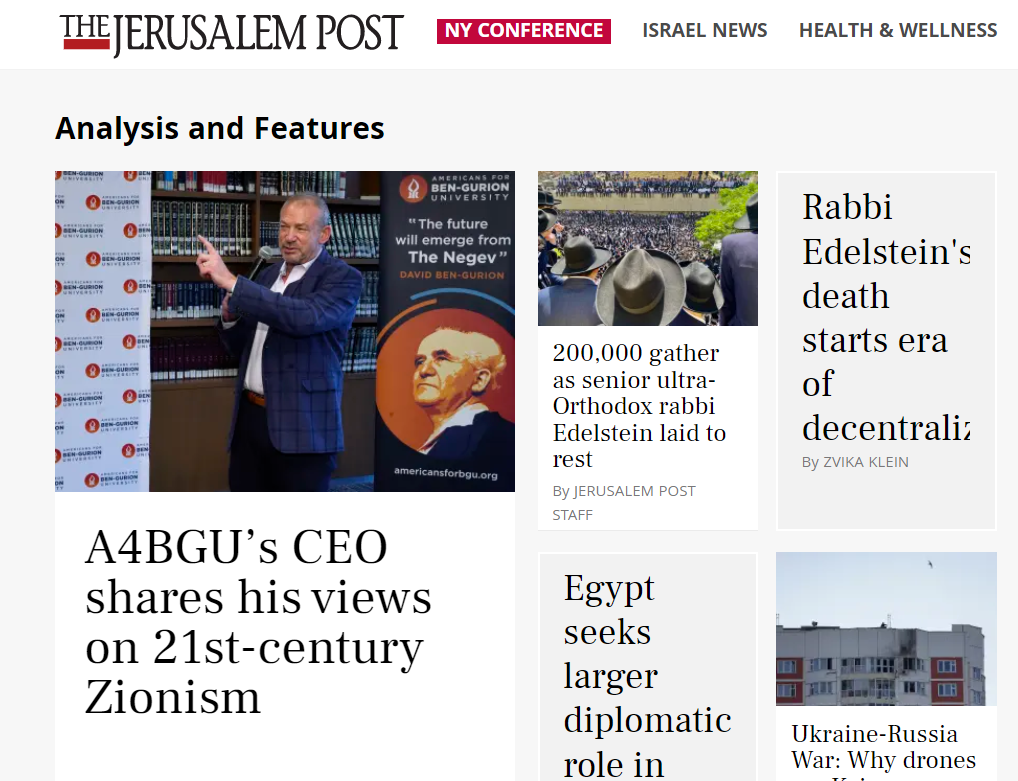
Piecing Together Fragments of Ancient Jewish Prayer
Piecing Together Fragments of Ancient Jewish Prayer
January 2, 2014
Israel Studies, Culture & Jewish Thought
 IMPACT Fall 2013 — Professor Uri Ehrlich, head of BGU’s Goldstein-Goren Department of Jewish Thought, is involved in a widely heralded international computer initiative called the Cairo Genizah Project.
IMPACT Fall 2013 — Professor Uri Ehrlich, head of BGU’s Goldstein-Goren Department of Jewish Thought, is involved in a widely heralded international computer initiative called the Cairo Genizah Project.
In 1896, an enormous cache of documents was recovered from the storage room of an Old Cairo synagogue. It represented an accumulation of documents deposited there between the 9th to 19th centuries for burial, in accord with Jewish law for writing that bears God’s name.
Also included was non-religious material added later. Torah scrolls, commentary, poetry, contracts, court proceedings, personal letters, and other documents were found, most in tattered fragments.
Rather like an intellectual diaspora, the material was scattered to 67 libraries and private collections around the world. There, the fragments were pored over, and some documents were pieced together through painstaking, excruciatingly hard work, memory, and luck.
The 301,000 fragments were inventoried and photographed for a research website. Now a sophisticated computer system is working to connect fragments and give researchers tools to more easily piece the documents together.
Prof. Ehrlich used original materials for his research on Jewish prayer. He collected and pieced together about 7,000 fragments “to give us a big picture of prayer versions unknown in our liturgy today,” he says.
“If we can understand and analyze the differences – big and small – we can understand the different thinking in Jewish philosophy, ways of praying and more.”
Ehrlich’s own computerization of the fragments was incorporated into the Genizah Project and is now part of that resource.
“Now everybody, anywhere in the world, can look at the fragments and do their own research,” he says.
The analysis is part of his just-released book on the Amidah, the central prayer of Jewish liturgy.



